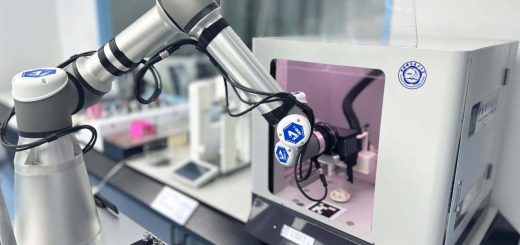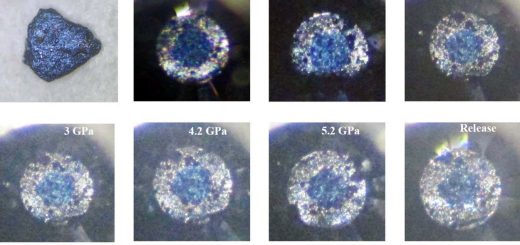Why John Stewart Bell has been haunting quantum mechanics for decades
The “Bell test” was devised in the 1960s to uncover what’s going on in the quantum world, but it continues to be relevant today, says Karmela Padavic-Callaghan
By Karmela Padavic-Callaghan
12 June 2025
John Stewart Bell devised a way to measure the strange correlations allowed in the quantum realm
CERN
Some people think they have a poltergeist in their attic, some say they’ve seen ghosts on dark nights – I have John Stewart Bell. The physicist’s research and his tremendous legacy have been haunting me for years.
Read more
Quantum time travel: The experiment to 'send a particle into the past'
I guess I shouldn’t be surprised. Do you ever think about how much of what we experience as reality is actually, objectively, unambiguously real? I have to, or I couldn’t write about the nature of space and time, and the intricate goings-on in the quantum realm. Bell loved pondering these things too, and his work forever changed how we understand them.
He was born in Belfast in 1928 and was, by all accounts, an exceptionally inquisitive and bright child. He latched onto physics early, landing his first gig as a lab technician when he was 16. He was trained in both theoretical and experimental physics and built much of his career in the world of particle accelerators, where he worked on calculations so complex that we now relegate them to supercomputers. But what really kept Bell up at night were the cracks he could see in the foundations of quantum theory.
Today, this is an established field of physics and many of its practitioners have been featured in the pages of New Scientist – contemporary physics isn’t unfriendly to those who ask questions that sit at the border of physics, mathematics and philosophy. However, when Bell was coming up as a researcher, physicists were still taken by the debates between quantum theory’s first wave of greats – people like Niels Bohr and Albert Einstein – and either considered them settled or thought that what was left was a matter of philosophy rather than physics.
So, Bell only worked on them after hours, almost as a hobby. That changed in 1963 when he and his wife, also an accomplished physicist, took a sabbatical from their accelerator work and Bell used that time to parlay his hobby into a pair of seminal papers. Though they were received without fanfare and were largely overlooked for years, their importance cannot be overstated.


